Nutrient Uptake of Four Spring Wheat Varieties Grown Under Varying Nitrogen Stress
Study author(s): Daniel Kaiser, Albert Sims, Jochum Wiersma, and Apurba Sutradhar
Years of study: 2011 – 2014
Location(s): n/a
Important: for the complete report, including all tables and figures, please download using the link(s) to the right.
summary
Uptake of macro- and micronutrients tend to follow similar patterns. However, some elements such as B and Cu may delay their uptake until later in the growing season while K and Ca were found to be at maximum near Anthesis. Tissue concentration in flag leaves tended to decline over time for many elements. The greatest decrease was for P which was nearly half the concentration 20 days post Anthesis. When sampling plant tissue such as wheat, taking a sample at the proper time is key in order to get the best data from the sample taken. There was significant correlation between N and other elements, in particular micronutrients. At or 10 days after Anthesis concentrations of P and K were independent, but were correlated at 20 days post Anthesis. Varieties did differ in their nutrient concentration and uptake over the growing season. There were no varieties that had consistently higher concentrations for all elements. If varieties do significantly differ in their uptake on nutrients gathering tissue concentration data across many locations will be needed in order to determine if the differences is due to the location and conditions at that location or due to the varieties themselves.
Nitrogen sufficiency level impacted the total uptake of other nutrients due to the impact of nitrogen on plant biomass production. Nutrient partitioning was not greatly impacted by the amount of nitrogen fertilizer applied to the soil. While the plant may exhibit luxury uptake of some nutrients, this luxury uptake is relative to the total overall uptake and redistribution of nutrients by the plant. The uptake of all nutrients followed a similar patter with the lower fraction accumulating nutrients until around anthesis and then seeing a redistribution of nutrients to the developing reproductive structure until harvest or a loss of plant biomass later in the growing season. Plant parts near the top of the plant exhibited less redistribution than older plant structures. Boron is the only nutrient where uptake appeared to be constant to all plant parts across the entire growing season. The total amount of nutrients at the end of the season in the head accounted for 40% or more of the total uptake for most nutrients except for K and Ca.
